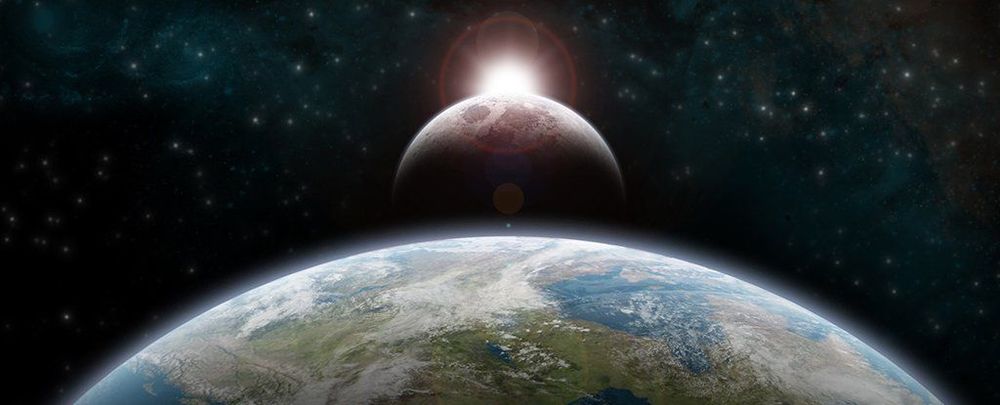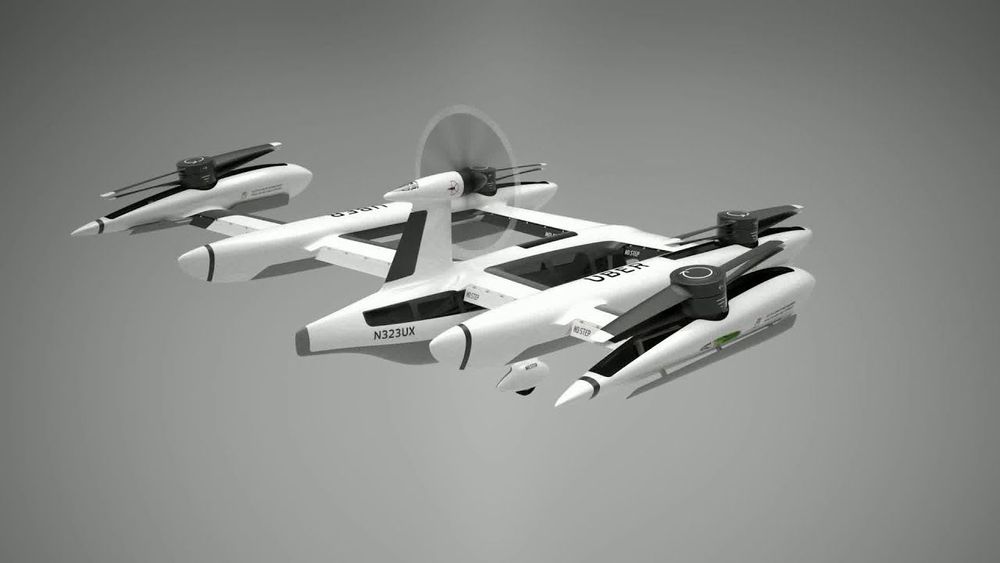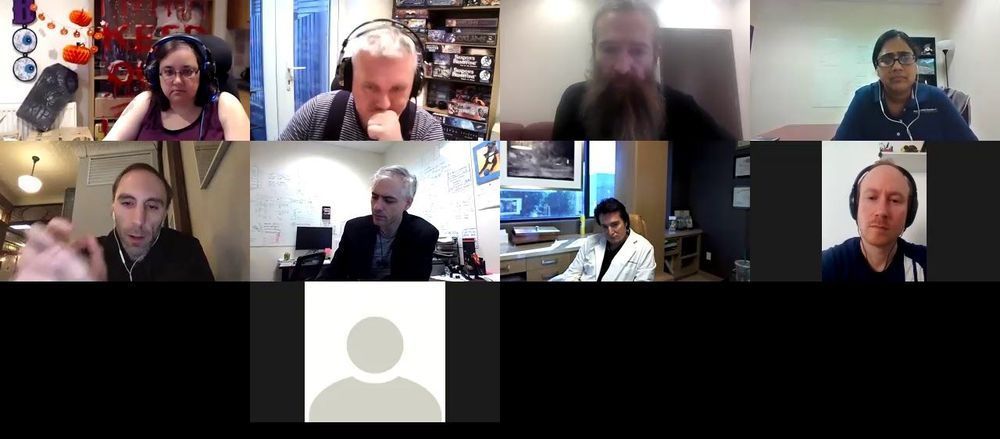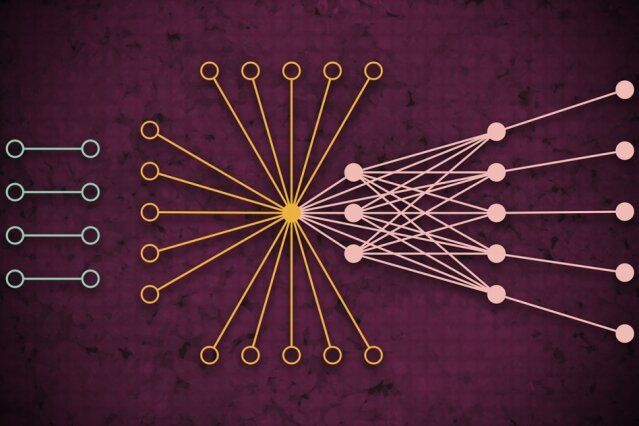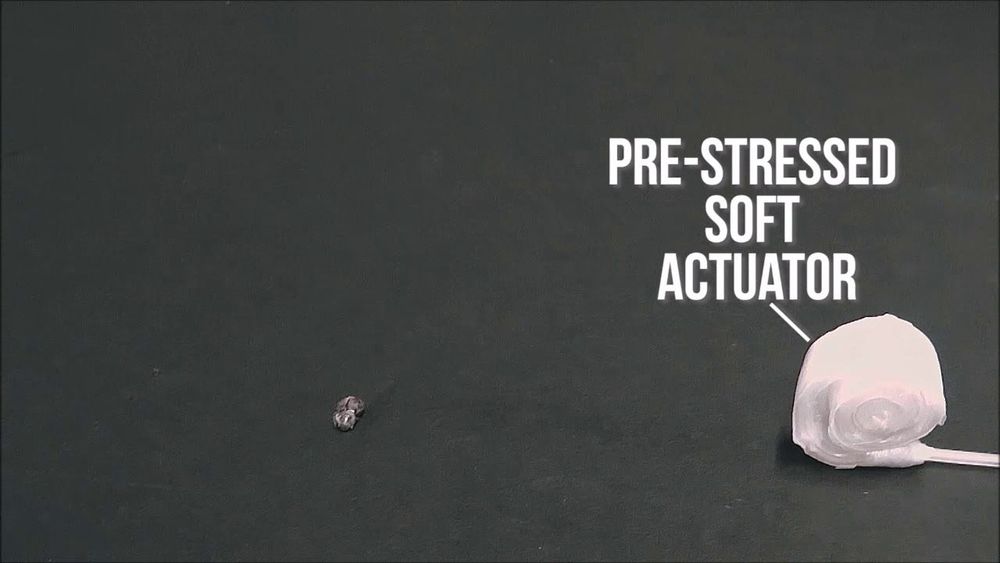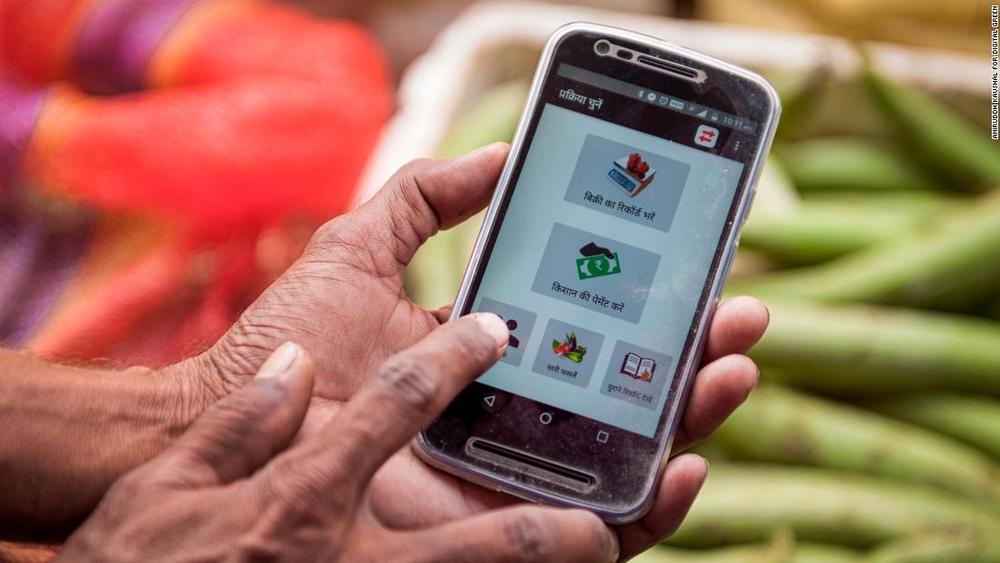A close look at fundamental symmetries has exposed hidden patterns in the universe. Physicists think that those same symmetries may also reveal time’s original secret.
The three-body problem, one of the most notoriously complex calculations in physics, may have met its match in artificial intelligence: a new neural network promises to find solutions up to 100 million times faster than existing techniques.
First formulated by Sir Isaac Newton, the three-body problem involves calculating the movement of three gravitationally interacting bodies – such as the Earth, the Moon, and the Sun, for example – given their initial positions and velocities.
It might sound simple at first, but the ensuing chaotic movement has stumped mathematicians and physicists for hundreds of years, to the extent that all but the most dedicated humans have tried to avoid thinking about it as much as possible.
Uber has announced it’s developing a new drone it hopes to use for Uber Eats deliveries one day. Eric Allison, the head of Uber Elevate, talked about the new drone in Detroit yesterday at the Forbes Under 30 Summit. And while the mock-up design looks pretty cool, with rotating wings and six rotors, the details released so far raise some red flags.
According to Forbes (emphasis ours):
The new drone design can carry dinner for up two people and features six rotors, the company says. Its battery is designed for eight minutes, including loading and unloading, and it can only do relatively short hauls. The drone has a roundtrip range of 12 miles, or a total flight time of 18 minutes.
Been saying this for years… https://www.wired.com/story/whats-blockchain-good-for-not-mu…zGrONWWHQ#
Not long ago, blockchain technology was touted as a way to track tuna, bypass banks, and preserve property records. Reality has proved a much tougher challenge.
On Friday, October 25, we hosted a Q&A webinar with the team behind MitoMouse, the second MitoSENS program that we are funding. In this webinar, Drs. Aubrey de Grey, Amutha Boominathan, and Matthew “Oki” O’Connor answered viewer questions about the nature of their research and the SENS approach to age-related disease.
There are only a few days left to donate! If you haven’t already, help SENS Research Foundation fund the final stretch goal of this critical research at https://lifespan.io/mitomouse and help bring about the end of mitochondrial dysfunction more quickly.
Using a supercomputing system, MIT researchers have developed a model that captures what web traffic looks like around the world on a given day, which can be used as a measurement tool for internet research and many other applications.
Understanding web traffic patterns at such a large scale, the researchers say, is useful for informing internet policy, identifying and preventing outages, defending against cyberattacks, and designing more efficient computing infrastructure. A paper describing the approach was presented at the recent IEEE High Performance Extreme Computing Conference.
For their work, the researchers gathered the largest publicly available internet traffic dataset, comprising 50 billion data packets exchanged in different locations across the globe over a period of several years.
Chameleons, salamanders and many toads use stored elastic energy to launch their sticky tongues at unsuspecting insects located up to one-and-a-half body lengths away, catching them within a tenth of a second.
Ramses Martinez, an assistant professor in Purdue’s School of Industrial Engineering and in the Weldon School of Biomedical Engineering in Purdue University’s College of Engineering and other Purdue researchers at the FlexiLab have developed a new class of entirely soft robots and actuators capable of re-creating bioinspired high-powered and high-speed motions using stored elastic energy. These robots are fabricated using stretchable polymers similar to rubber bands, with internal pneumatic channels that expand upon pressurization.
The elastic energy of these robots is stored by stretching their body in one or multiple directions during the fabrication process following nature-inspired principles. Similar to the chameleon’s tongue strike, a pre-stressed pneumatic soft robot is capable of expanding five times its own length, catch a live fly beetle and retrieve it in just 120 milliseconds.
Hundreds of millions of people in India depend on farming for their livelihoods, but many of them struggle with losing crops to disease, getting them to market or achieving the right price when they do. Several startups are trying to change that.
Piggybacking on India’s mobile boom, these companies are using smartphones and the internet to help farmers grow, harvest and sell their crops more efficiently. India is self-sufficient in food staples, but faces a constant challenge to feed its population of 1.3 billion and rising. The country accounts for a quarter of the world’s hungry people and is home to over 190 million undernourished people, according to the latest estimates by the United Nations.
“There is a lot of financing and talent which is coming in this space,” says Rikin Gandhi, co-founder and executive director of Digital Green, a social enterprise that began as a research project backed by Microsoft ( MSFT ).
A new analysis using data from more than 1.4 million people concludes that eating an ample amount of fiber and yogurt may protect against lung cancer.

